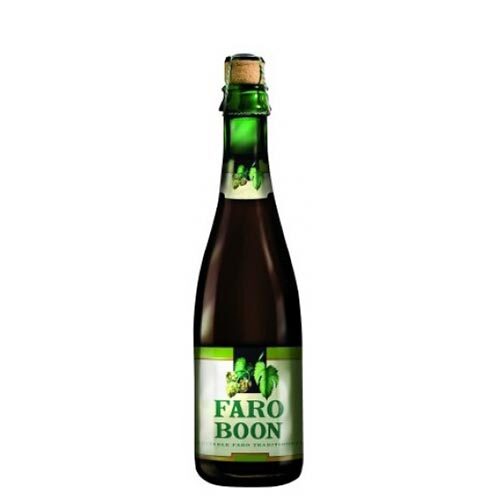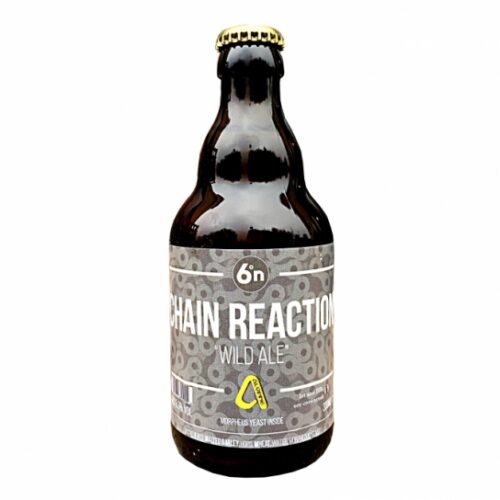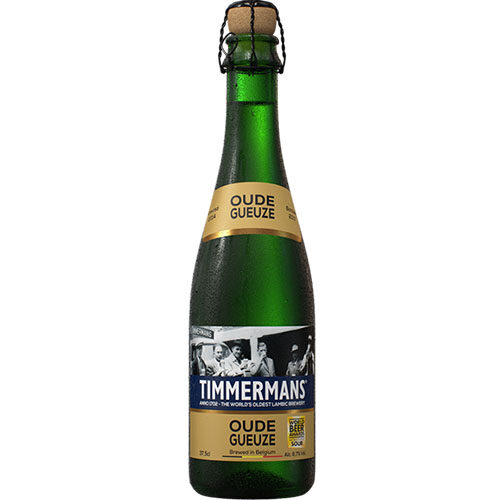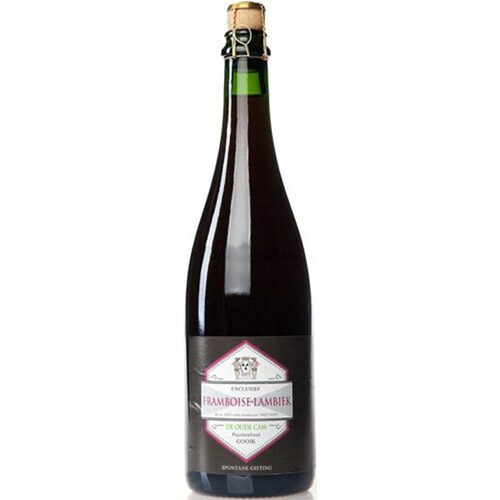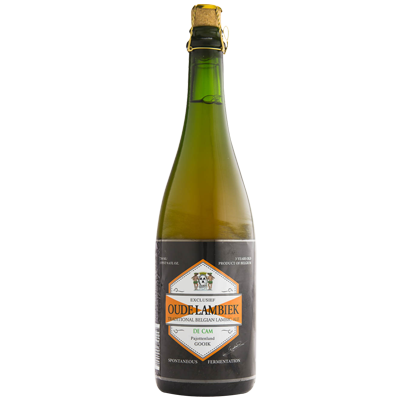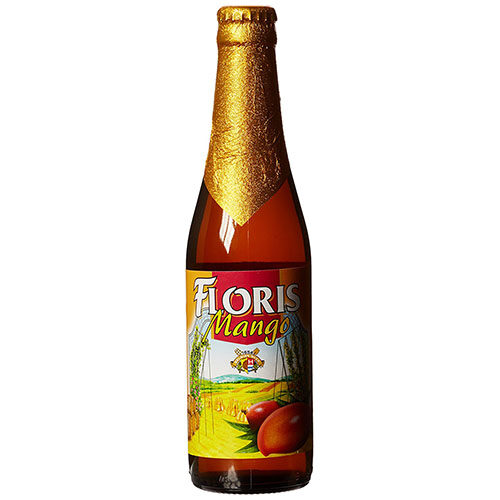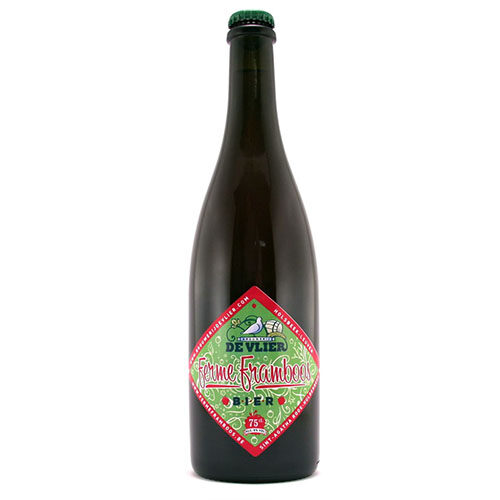Lambics
If you are looking for a truly traditional beer manufactured in the same way as hundreds or maybe even thousands of years ago, you should really consider lambics. The fermentation process is fully spontaneous – no carefully selected, pure yeast cultures are added in the production process, as is the case with “normal beers”. Nature is at work here, in its very own way. That is how beer was fermented in the past.
With barley malt, often with added wheat (30-40%) – the wort is cooked just like with standard beer. Next, it is cooled down and aerated, and poured into special wide, rather narrow trays and… all windows are opened. Wide. The wort cools down overnight and airborne bacteria gather on its surface, which they can access easily thanks to the use of the shallow trays. This is how wild yeast and bacteria get to the product to start the fermentation process. The wort with bacteria strains is poured into barrels in the morning, were the beer can ferment slowly over a long period of time – 2-3 months, to then mature for around a year. The barrels have holes that some of the beer leaks out of – this is a loss that needs to be taken into account while producing lambics.
So is the fermentation process completely random?
Not exactly. Lambics are only brewed between 15 October and 15 May, when the temperature is between 3-13°C, which is a natural bacteria selection process. Moreover, true lambics are only produced in one region of Belgium – Payottenland, about 10 km to the west of Brussels. That is the only place where the microflora is right. What does it consist of? Yeast, obviously wild, bacteria and even moulds, which produce about 5% of alcohol and lower the pH level to 3 (if you’re curious: yeast: Kloeckera apiculata, Saccharomyces: cerevisiae, bayanus and pastorianus; bacteria: Pediococcus, Lactobacillus, Citrobacter, Brettanomyces lambicus and bruxellensis, Enterobacter, Klebsiella, Hafnia; fungi/moulds: Pichia, Candida, Hansenula, Cryptococcus – and probably others). A small amount of aged, usually three-year-old hops with a low α-acids contents is used to produce lambic beers.
Lambics, similarly to Flanders, are usually blended. Even though in some places in Brussels you can get pure, unblended and ungassed lambic, it is not widely distributed. Usually one-year-old lambic is mixed with three-year-old lambic. Refermentation is also used to saturate the beer to quite a high extent with carbon dioxide. When producing lambics, additives such as sugar and fruit are used, which determine the type of the beer:
- Gueze – a classic blend without additives
- Faro – sweetened with candi sugar
- Mars – no longer manufactured, weaker triple-fermented lambic (ca 2% alcohol)
- Kriek – special sour cherries
- Peche – peaches
- Framboise – raspberries
Lambics are typically very sour, definitely more sour than Flemish beer. As the highly sour flavour is not to everyone’s taste, lambics are often sweetened so please check the label. Bretts also play their part, so “funky” smells can be found, especially in more traditional, speciality versions. As a side note – fruity beers are very popular among women – I have not met one that would not like a Kriek. That’s a small suggestion for you with the holidays in mind.

